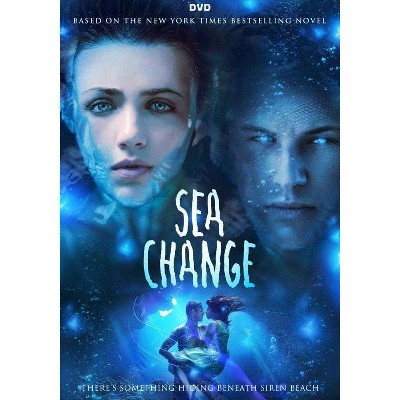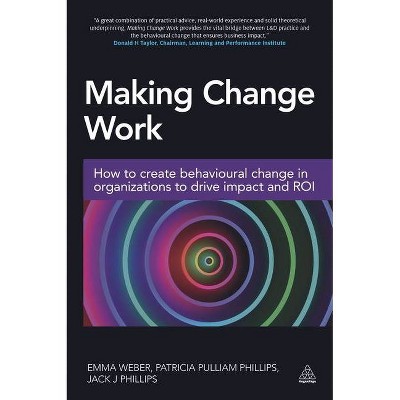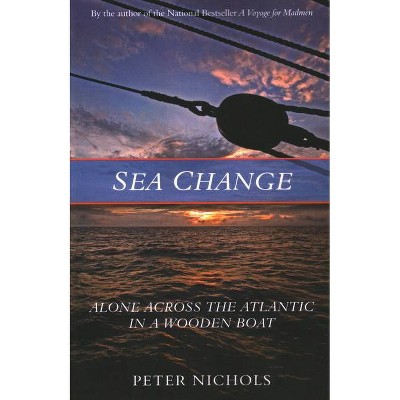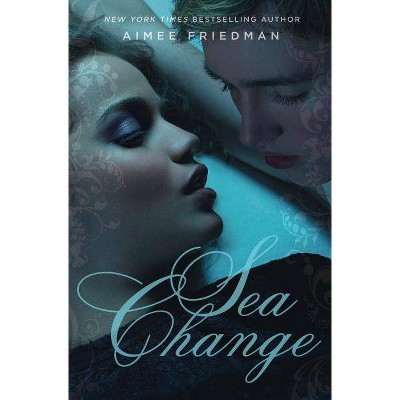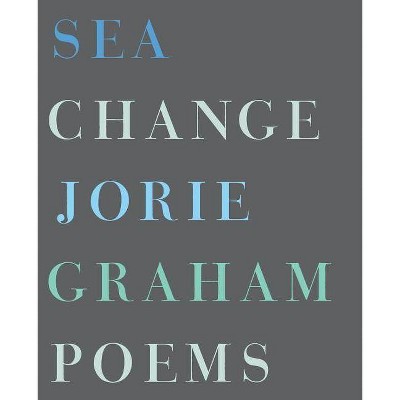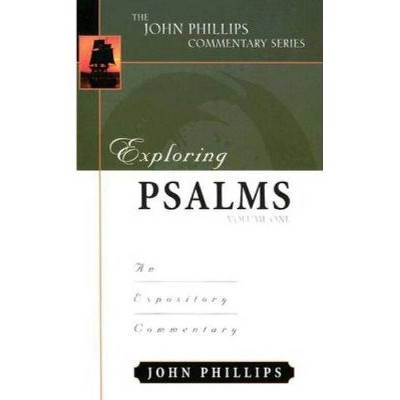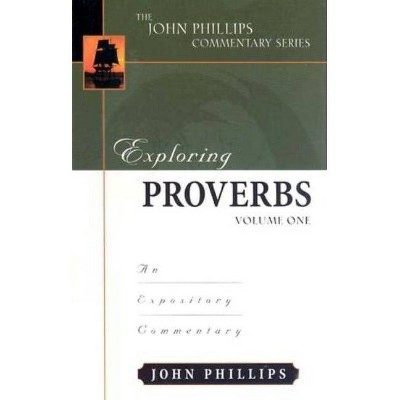Sea Change - by Amanda Phillips (Hardcover)
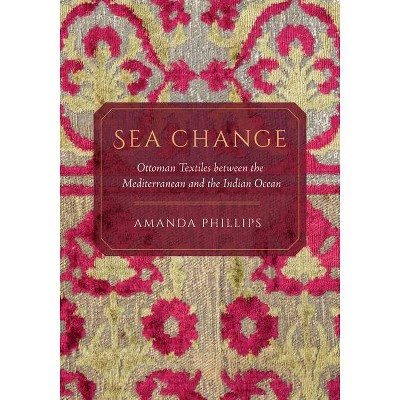
Similar Products
Products of same category from the store
AllProduct info
<p/><br></br><p><b> About the Book </b></p></br></br>"Textiles were the second most traded commodity in all of world history, preceded only by grain. In the Ottoman Empire in particular, sale and exchange of silks, cottons, and woolens generated an immense amount of revenue and touched every level of society, from rural women tending silkworms to pashas flaunting layers of watered camlet to merchants traveling to Mecca and beyond. Sea Change offers the first comprehensive history of the Ottoman textile sector, arguing that its enduring success resulted from its openness to expertise and objects from far-flung locations. Amanda Phillips skillfully marries art history with social and economic history, integrating formal analysis of various textiles into wider discussions of how trade, technology, and migration impacted the production and consumption of textiles in the Mediterranean from around 1400 to 1800. Surveying a vast network of textile topographies that stretched from India to Italy and from Egypt to Iran, Sea Change illuminates often neglected aspects of material culture, showcasing the objects' ability to tell new kinds of stories"--<p/><br></br><p><b> Book Synopsis </b></p></br></br>Textiles were the second-most-traded commodity in all of world history, preceded only by grain. In the Ottoman Empire in particular, the sale and exchange of silks, cottons, and woolens generated an immense amount of revenue and touched every level of society, from rural women tending silkworms to pashas flaunting layers of watered camlet to merchants traveling to Mecca and beyond. <i>Sea Change </i>offers the first comprehensive history of the Ottoman textile sector, arguing that the trade's enduring success resulted from its openness to expertise and objects from far-flung locations. Amanda Phillips skillfully marries art history with social and economic history, integrating formal analysis of various textiles into wider discussions of how trade, technology, and migration impacted the production and consumption of textiles in the Mediterranean from around 1400 to 1800. Surveying a vast network of textile topographies that stretched from India to Italy and from Egypt to Iran, <i>Sea Change</i> illuminates often neglected aspects of material culture, showcasing the objects' ability to tell new kinds of stories. <br><p/><br></br><p><b> From the Back Cover </b></p></br></br>"Painstakingly researched and richly illustrated, this pioneering work presents some major insights into Ottoman textiles, showing how markets and manufacturers, not just patrons and sultans, influenced their production. This book is a powerful appeal to discard the belief that written sources tell the whole story: objects themselves have so much to teach us!"--Suraiya Faroqhi, author of <i>Artisans of Empire: Crafts and Craftspeople under the Ottomans</i> and <i>A Cultural History of the Ottomans: The Imperial Elite and Its Artefacts</i> <p/> "This book skillfully guides the reader on a journey into the long history of Ottoman textiles, considering magnificent, mundane, and rare artifacts. With an innovative emphasis on craft and a transnational perspective, Phillips reaches beyond the Ottomans' well-known relationship with Italy to investigate their connections with Iran, Egypt, Eastern Europe, and, most importantly, India, providing a wide-ranging analysis of Ottoman textile culture."--Giorgio Riello, Professor of Early Modern Global History, European University Institute <p/> "Phillips's study is based not only on an impressive amount of work but also on an impressive conceptualization of the place of textiles within an early modern world that stretched from England in the West to India in the East. It is a brilliant and engaging book that brings the study of textiles into the mainstream of art history--where it belongs."--Scott Redford, Nasser D. Khalili Professor of Islamic Art and Archaeology, School of Oriental and African Studies, University of London <br><p/><br></br><p><b> Review Quotes </b></p></br></br><br><p>"That [textiles'] significance is underestimated by westward-thinking art historians is a wide gap in scholarship, which "Sea Change" begins to fill with clear delineations of prose offering readers meticulous insight into the pragmatics of the textile craft and the inspirations of its creative flourishing across classes and cultures."</p>-- "Daily Sabah"<br><p/><br></br><p><b> About the Author </b></p></br></br><b>Amanda Phillips</b> is Assistant Professor of Islamic Art and Material Culture at the University of Virginia. She is the author of <i>Everyday Luxuries: Art and Objects in Ottoman Constantinople, 1600-1800</i>.
Price History
Price Archive shows prices from various stores, lets you see history and find the cheapest. There is no actual sale on the website. For all support, inquiry and suggestion messages communication@pricearchive.us

